Xinjiang
Latest

Amazon suppliers reportedly have ties to forced labor camps in China
The suppliers help produce Amazon-branded products and devices.
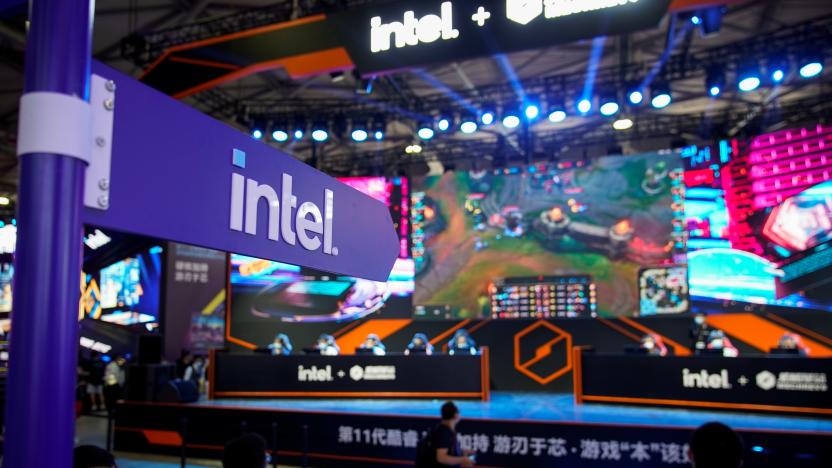
Intel apologizes for letter on forced labor in Xinjiang
Intel has apologized for a letter saying it would avoid forced labor from Xinjiang after an uproar on Chinese social networks.
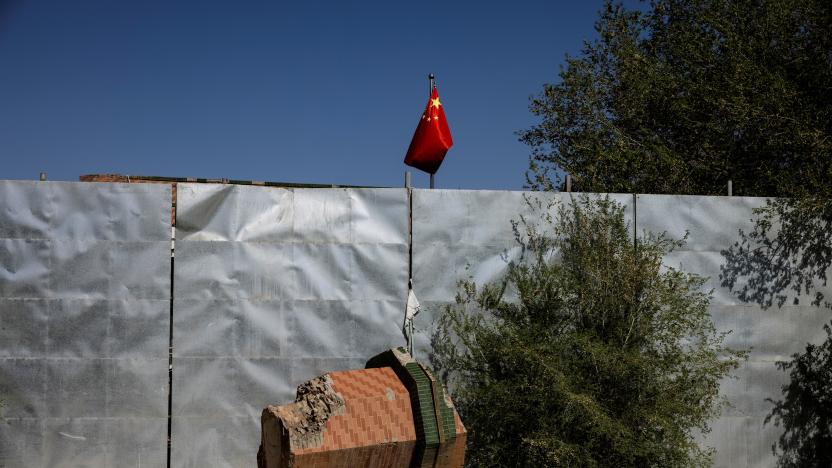
YouTube took down videos documenting Xinjiang human rights abuses
YouTube took down a string of videos documenting human rights abuses in China's Xinjiang province, and the reasoning isn't necessarily clear.
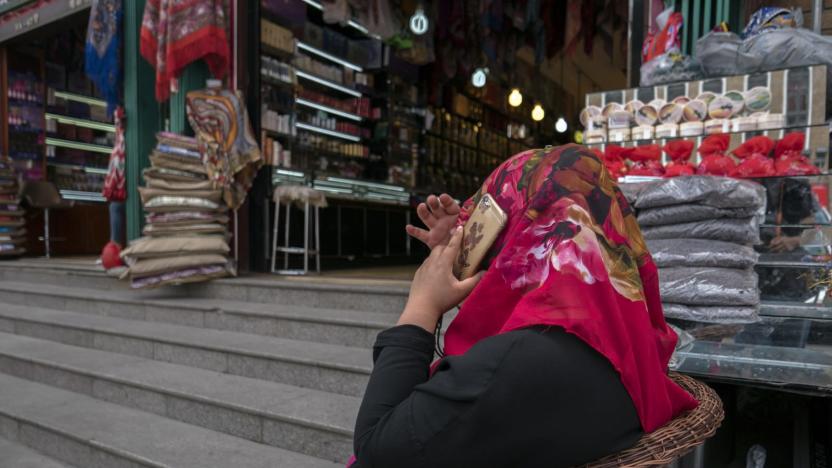
Sites stealing iPhone data reportedly targeted Uyghur Muslims
The websites stealing data from iPhones might have been used for particularly sinister purposes. TechCrunch sources claim the sites were part of a state-sponsored campaign, presumably from China, targeting the country's Uyghur Muslim population. The pages would have let China swipe sensitive info like messages and passwords, not to mention track their locations. Apple quietly fixed the issue with iOS 12.1.4 in February, but it's possible that thousands of Uyghurs' phones were compromised before then.
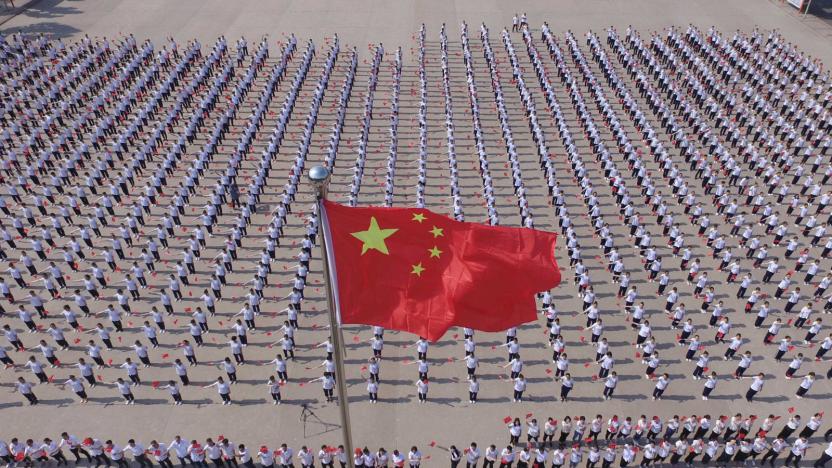
Chinese officials reportedly installed a surveillance app on tourists' phones
Chinese border guards are reportedly installing surveillance apps on the phones of some travelers. According to an investigation by the Guardian, The New York Times and Süddeutsche Zeitung, the app extracts emails, texts and contacts, as well as info about the device. Without notifying phone owners, border guards have installed the app when people attempt to cross from the Kyrgyzstan region to the Xinjiang region, an area where the Chinese government has long restricted the freedoms of the Muslim population.

China's Xinjiang surveillance is the dystopian future nobody wants
In July 2009, deadly riots broke out in Urumqi, the capital of Xinjiang, China. Nearly 200 people died, the majority ethnic Han Chinese, and thousands of Chinese troops were brought in to quell the riots. An information battle soon followed, as mobile phone and internet service was cut off in the entire province. For the next 10 months, web access would be almost nonexistent in Xinjiang, a vast region larger than Texas with a population of more than 20 million. It was one of the most widespread, longest internet shutdowns ever. That event, which followed similar unrest in neighboring Chinese-ruled Tibet in 2008, was the sign of a new phase in the Chinese state's quest to control its restive outer regions. The 2009 shutdown was the first large-scale sign of a shift in tactics: the use of technology to control information. "Xinjiang has gotten little attention, but this is where we're really seeing the coming together of multiple streams of technology [for surveillance] that just hasn't happened in other contexts before," said Steven Feldstein, fellow in the Democracy and Rule of Law Program at the Carnegie Endowment for International Peace. Nine years later, Xinjiang has seen the widespread implementation of sophisticated high-tech surveillance and monitoring technology, what BuzzFeed called "a 21st century police state." But what happens in Xinjiang does not stay in Xinjiang. The technologies piloted there are already spreading across all of China, and there are even early signs that Chinese companies are beginning to sell some of this technology to other authoritarian-minded countries. If this trend continues, the future of technology, particularly for those in the Global South, could more resemble what's happening in Xinjiang than developments in Silicon Valley.
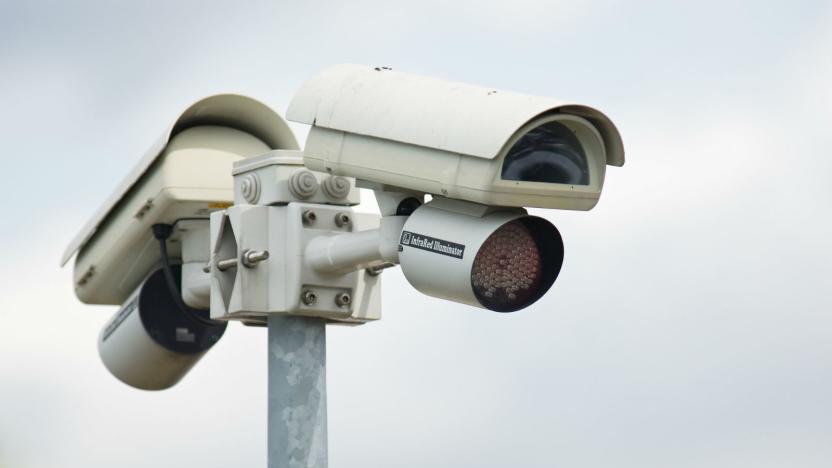
China uses facial recognition to monitor ethnic minorities
China is adding facial recognition to its overarching surveillance systems in Xinjiang, a Muslim-dominated region in the country's far west that critics claim is under abusive security controls. The geo-fencing tools alert authorities when targets venture beyond a designated 300-meter safe zone, according to an anonymous source who spoke to Bloomberg.
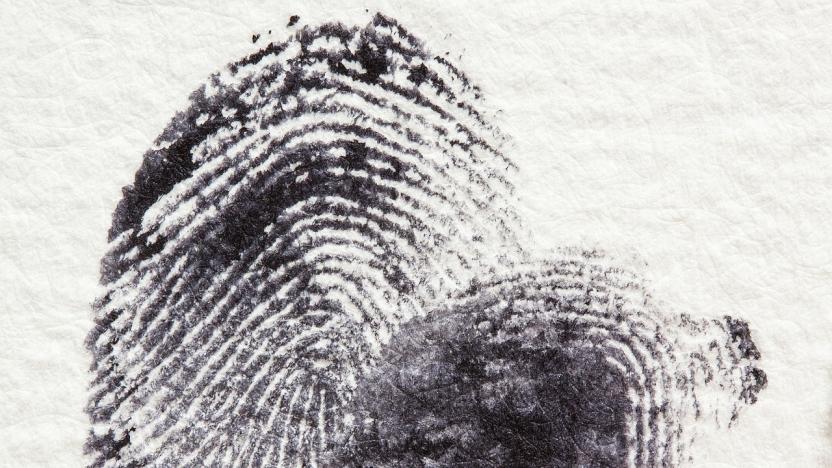
China accused of 'unjustifiable' DNA sample collection
China has been quietly collecting biometric data from millions of people in Xinjiang, according to a new report from Human Rights Watch (HRW). Since February, authorities have been gathering DNA samples, fingerprints and eye scans of those in the region, which apart from Tibet is the only region where ethnic Han Chinese are not in the majority. The government imposes tighter surveillance controls here than anywhere else in the country.





